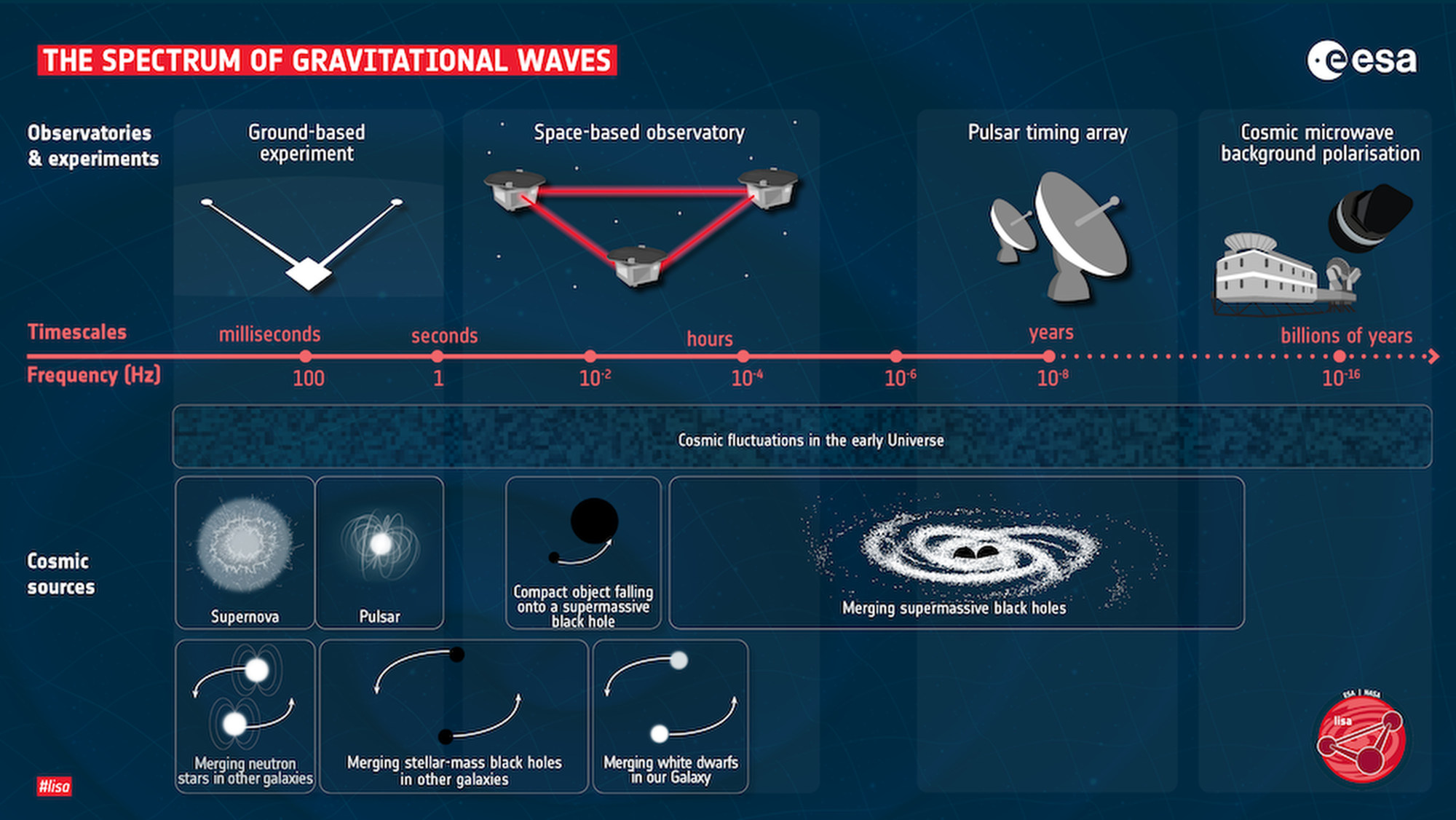
Chinese team finds key evidence for low-frequency gravitational waves with FAST telescope
- Chinese Pulsar Timing Array team conducts more than three years of observation and data analysis before reporting ‘very encouraging’ findings
- ‘We are finally opening a brand new window on the gravitational-wave universe,’ team says
A Chinese team has found key evidence of low-frequency gravitational waves, which are ripples of space-time that could provide clues to some of our universe’s darkest secrets.
Team leader Kejia Lee of Peking University said their data analysis results pointed to the existence of such waves.
During a press briefing in Beijing on Tuesday, he hailed the finding as “very encouraging” and said it could help scientists systematically study some of the best kept secrets of the universe, such as two supermassive black holes orbiting each other at the core of galaxies.
“Our statistical confidence level is 4.6 sigma, which means the chances for the signal to be caused by some noise rather than gravitational waves are lower than two in a million,” Lee said. The team’s paper appeared in the journal Research in Astronomy and Astrophysics on Thursday.
Similar findings were also released by teams from the United States, Canada, Europe, India and Australia independently at about the same time.
Maura McLaughlin from West Virginia University, who is co-director of the North American Nanohertz Observatory for Gravitational Waves (NANOGrav), said the CPTA result was exciting and the team should be congratulated.
“They are fortunate to have access to the world’s largest radio telescope, which has allowed them to measure a very significant signal in a short time span,” McLaughlin said.

NANOGrav’s findings, based on four major radio telescopes in the US and Canada and more than 15 years of observation, were published on Thursday in a different peer-reviewed journal, The Astrophysical Journal Letters, with a confidence level of about 4 sigma.
None of the findings released on Thursday met the gold standard in physics to claim the detection of the waves, which would require 5 sigma or 99.99994 per cent confidence level, or an error probability of less than one in a million.
Just like light waves, gravitational waves are emitted over many orders of magnitude in frequency, and different types of detectors are needed to observe the entire gravitational wave spectrum.
For decades, scientists have used radio telescopes and a technique known as pulsar timing array to look for a type of gravitational wave that has nanohertz frequencies, and are the only means to study the formation and evolution of large-scale structures in the early universe.
From 2019, China’s FAST telescope joined the hunt by monitoring 57 ultra-precise millisecond pulsars – extremely dense, fast-spinning balls of neutrons which emit lighthouse-like beams to sweep past Earth hundreds of times per second – and using them as a galaxy-sized detector to search for space-time disturbances caused by nanohertz gravitational waves.
China-led team finds first evidence of oldest stars in the universe
Researchers from the National Astronomical Observatories and Peking University developed their own software and algorithms, and spotted a so-called quadrupole correlation signal in the pulsar data set, which was theoretically predicted to be uniquely linked to the waves they were looking for.
“In the race to detect nanohertz gravitational waves, we took full advantage of FAST’s unparalleled sensitivity, high measurement accuracy and its ability to monitor a large number of pulsars,” the team said in a press release.
“Now, China has a front-row seat in nanohertz gravitational wave research and we are finally opening a brand new window on the gravitational-wave universe.”
Due to the short time span of the CPTA data set, the team did not have enough information to determine the sources of the waves, Lee noted. “But our data set will grow very fast in years to come,” he said.
Now, scientists are working to combine data sets from North American, European, Indian, Australian and South African telescopes under the International Pulsar Timing Array (IPTA) project to increase the confidence level of their results and make more convincing discoveries soon.
The Chinese collaboration had not yet signed on to the data sharing agreement, McLaughlin said.
China’s FAST telescope helps shed light on spinning pulsar spider systems
“But we are working together and collaborating, and I hope they will agree to share their data soon as their high sensitivity would provide a significant boost to the IPTA data.
“We would also be excited to work with our friends and colleagues in China on joint analysis techniques and interpretation,” she said.



